The allure of pop-up headlights in cars captivated automotive enthusiasts and casual drivers alike during the late 20th century. However, despite their iconic status, these innovative features have largely vanished from the automotive landscape. Exploring the reasons behind the disappearance of pop-up headlights reveals the technological, regulatory, and design considerations that led to their decline.
The Rise and Appeal of Pop-Up Headlights
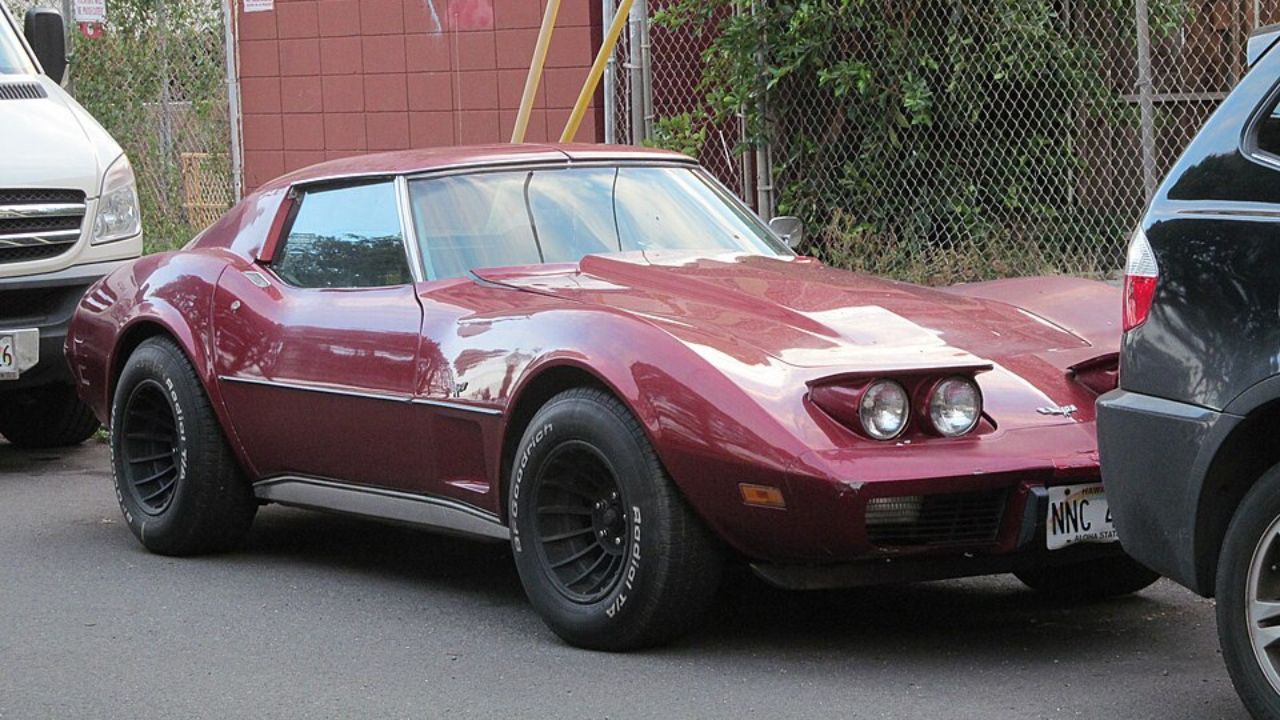
Pop-up headlights first gained popularity in the 1960s and 70s, a period marked by bold experimentation in car design. The 1963 Chevrolet Corvette Stingray is often credited with popularizing the feature in the United States, showcasing a novel way to enhance aerodynamics while maintaining a sleek appearance. By the 1980s, models like the Porsche 944 and Mazda RX-7 further cemented the status of pop-up headlights as a hallmark of futuristic design.
The design of pop-up headlights quickly became synonymous with modern aesthetics. Their ability to retract into the body of the car allowed for smoother lines and an overall cleaner look. This design choice resonated with consumers, who were drawn to the unique and innovative appearance that set vehicles apart from the traditional fixed-headlight models of the time. The novelty and distinctiveness of pop-up headlights became a selling point, appealing to those who wanted their cars to stand out in a crowded market.
Consumer fascination with pop-up headlights was not only about aesthetics but also about the sense of novelty they provided. The mechanical action of headlights rising from the car’s body added a touch of drama and excitement. For car buyers seeking something different, pop-up headlights offered a blend of functionality and flair that was hard to resist, making them a popular choice for sports cars and luxury vehicles alike.
Technological Advancements and Limitations
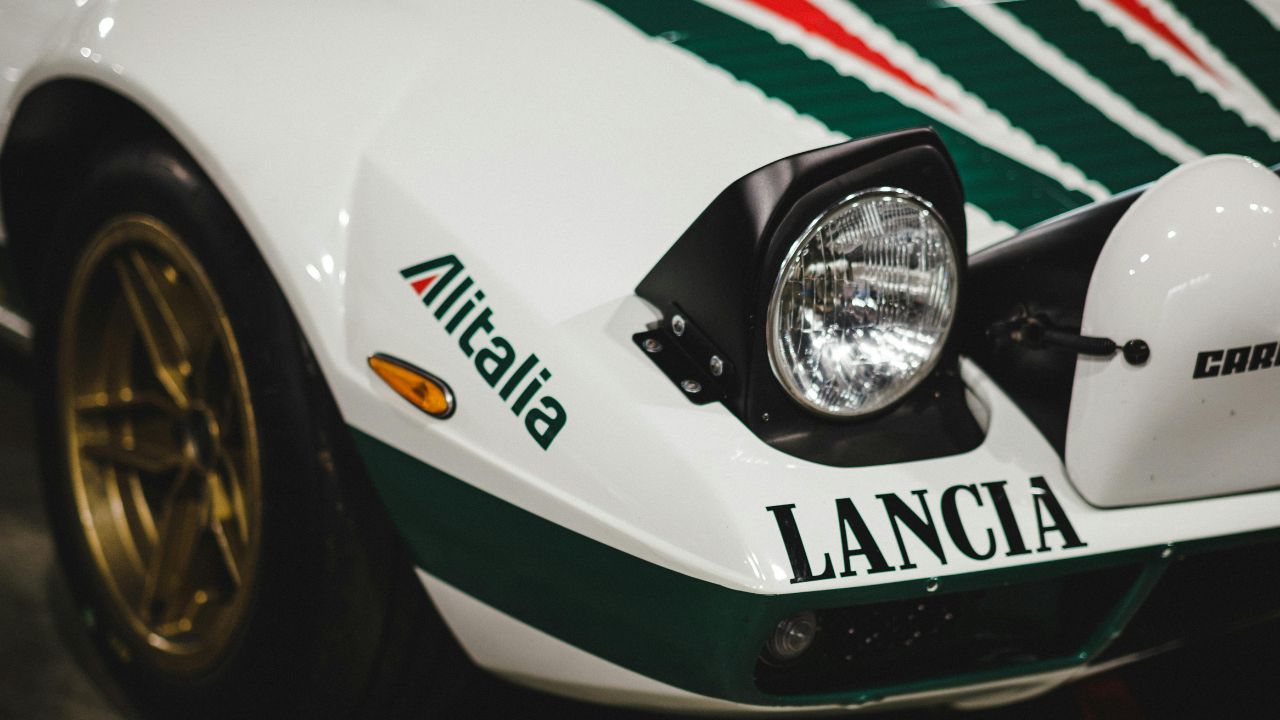
Despite their initial appeal, pop-up headlights were not without their challenges. The mechanical complexity of the systems required to operate them often led to reliability issues. Components such as motors, gears, and linkages were prone to wear and tear, leading to frequent maintenance needs. This complexity made them less attractive to manufacturers and consumers who prioritized durability and ease of maintenance.
As lighting technology advanced, the limitations of pop-up headlights became more apparent. The introduction of LED and HID lighting systems offered superior brightness, energy efficiency, and longevity compared to traditional halogen bulbs typically used in pop-up designs. These new lighting technologies provided better illumination, reduced energy consumption, and required less maintenance, making them an attractive alternative to the older, more cumbersome pop-up systems.
Aerodynamic considerations also played a significant role in the shift away from pop-up headlights. Fixed headlights integrated into the car’s body contributed to improved aerodynamics, which in turn enhanced fuel efficiency. As automotive design increasingly prioritized efficiency and environmental considerations, the pop-up headlight design, which could disrupt airflow when raised, fell out of favor.
Regulatory and Safety Concerns
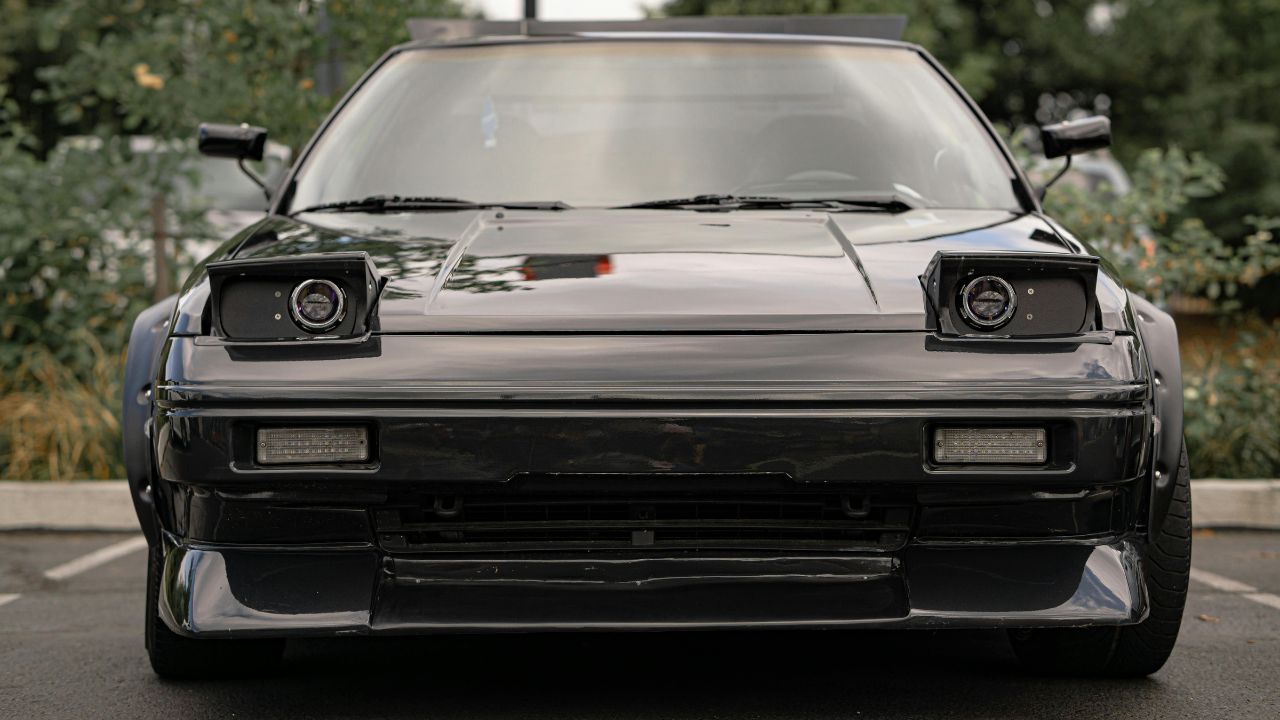
Changes in regulatory standards significantly impacted the feasibility of pop-up headlights. In the 1990s, increasing emphasis on pedestrian safety led to regulations that discouraged protruding elements on car exteriors, which could pose a hazard in the event of a collision. Pop-up headlights, with their potential to cause injury when elevated, became less compliant with these evolving safety requirements.
Vehicle safety standards also underwent transformations that affected pop-up headlight designs. Stricter crash safety tests and the need for enhanced structural integrity led manufacturers to reconsider design elements that could compromise vehicle safety. As a result, the retractable nature of pop-up headlights, which required additional mechanical components and space, became less practical under these new constraints.
Environmental considerations further influenced the decline of pop-up headlights. As the automotive industry moved towards more sustainable designs, features that added complexity and weight without clear benefits were increasingly scrutinized. The trend towards lighter, more eco-friendly vehicles made the relatively cumbersome and less efficient pop-up headlights less appealing.
Design Trends and Aesthetic Shifts
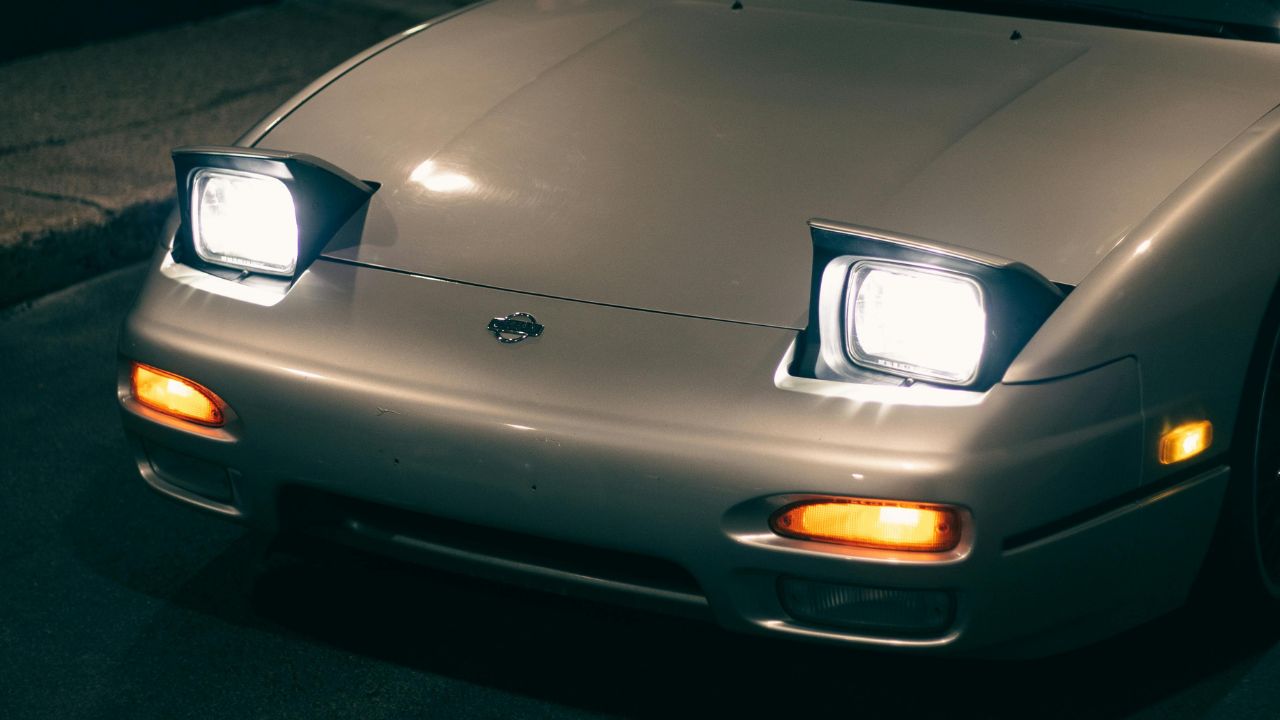
The evolution of car aesthetics played a crucial role in the disappearance of pop-up headlights. As automotive design shifted towards more streamlined and minimalist aesthetics, the appeal of pop-up headlights waned. Modern vehicles embraced a more cohesive and integrated look, where features like headlights were seamlessly incorporated into the overall design, rather than standing out as separate, moving parts.
Concept cars and emerging design philosophies also influenced the decline of pop-up headlights. As designers explored new possibilities and futuristic concepts, features like adaptive lighting systems and LED strips became more prominent. These innovations aligned with the desire for sleeker designs and advanced technology, pushing the once-popular pop-up headlights further into the background.
The trend towards streamlined manufacturing processes discouraged the inclusion of complex features like pop-up headlights. As car manufacturers focused on reducing production costs and increasing efficiency, simpler designs with fewer moving parts became the norm. This shift made the intricate mechanisms required for pop-up headlights less economically viable.
Nostalgia and Legacy
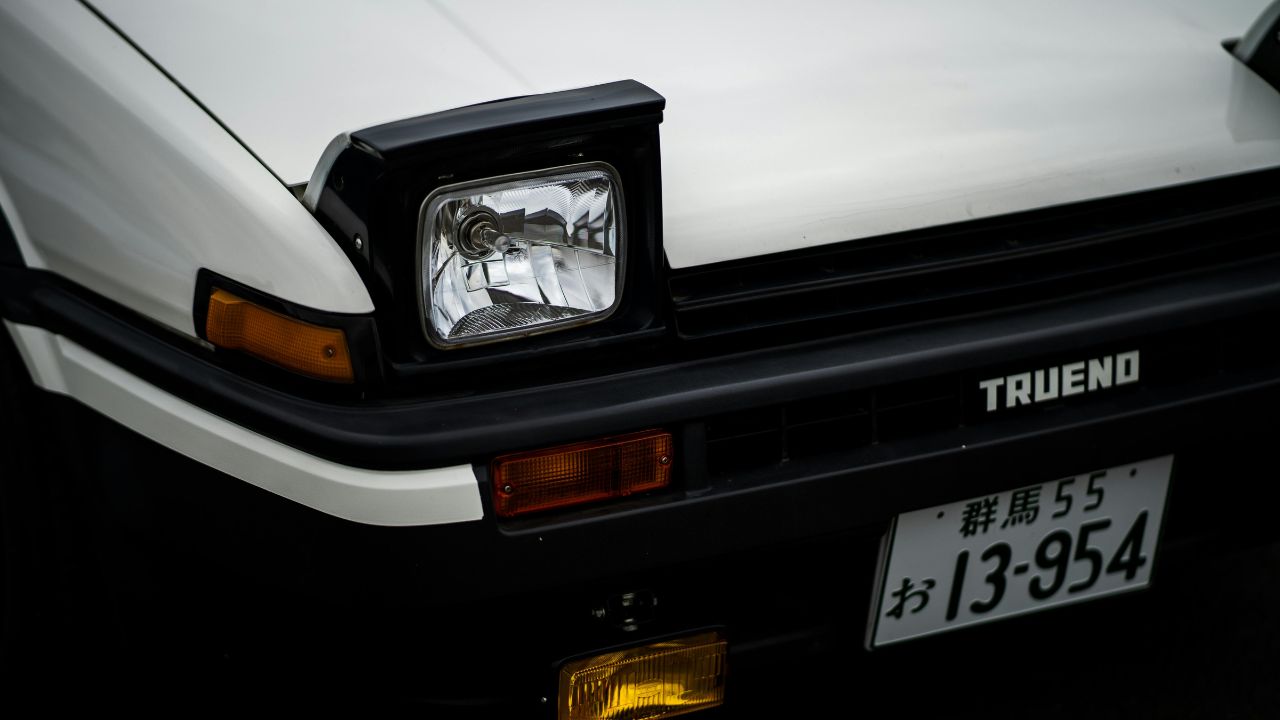
Despite their disappearance from modern vehicles, pop-up headlights have left a lasting cultural impact. They remain an iconic feature in popular culture, frequently appearing in films, television shows, and video games that celebrate classic cars. The distinct aesthetic of pop-up headlights continues to evoke a sense of nostalgia and admiration among automotive enthusiasts.
In the collector’s market, cars equipped with pop-up headlights are highly sought after. Models like the 1989 Ferrari 328 and the 1991 Mazda MX-5 Miata are prized for their classic design and the unique charm of their retractable headlights. Enthusiasts and collectors appreciate these vehicles not only for their historical significance but also for the distinctive character they bring to any collection.
Modern automotive design occasionally pays homage to the classic pop-up headlight style through innovative lighting solutions. While the traditional mechanism may be largely obsolete, some manufacturers have incorporated elements of the pop-up aesthetic into LED light designs and adaptive headlights, offering a nod to the past while embracing contemporary technology.
Like Fast Lane Only’s content? Be sure to follow us.
Here’s more from us:
*Created with AI assistance and editor review.

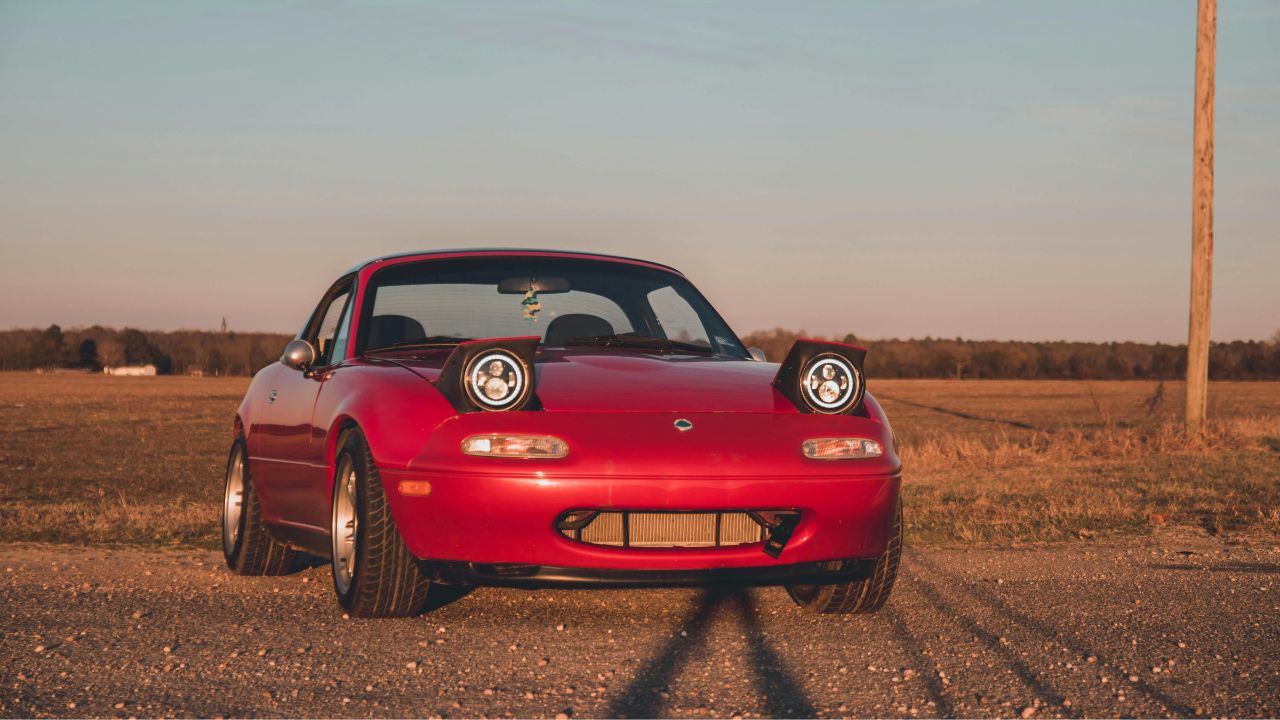

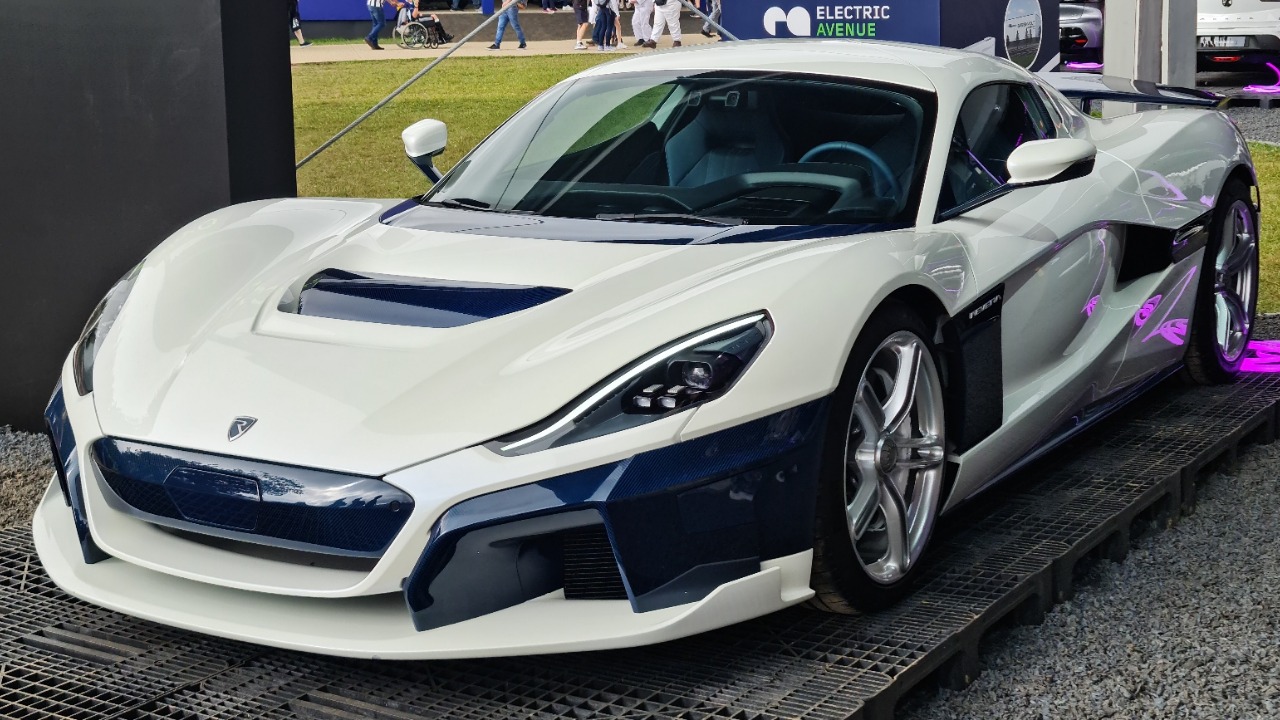
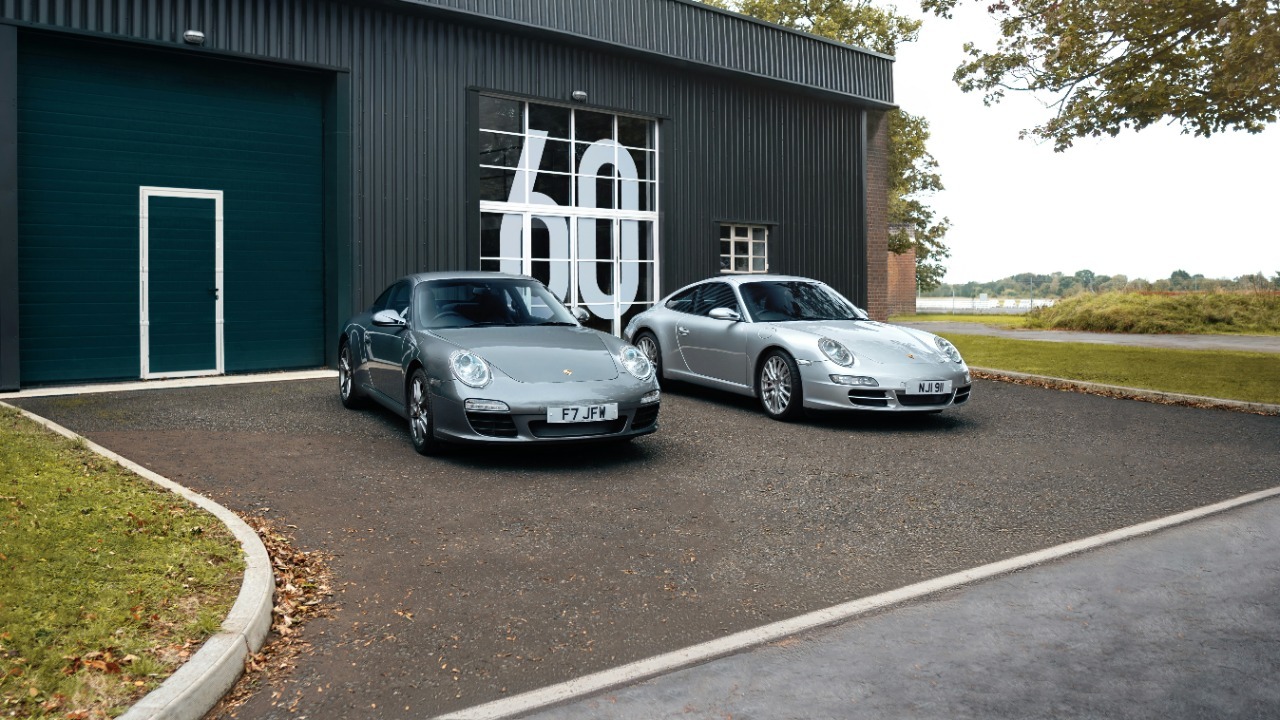


Leave a Reply